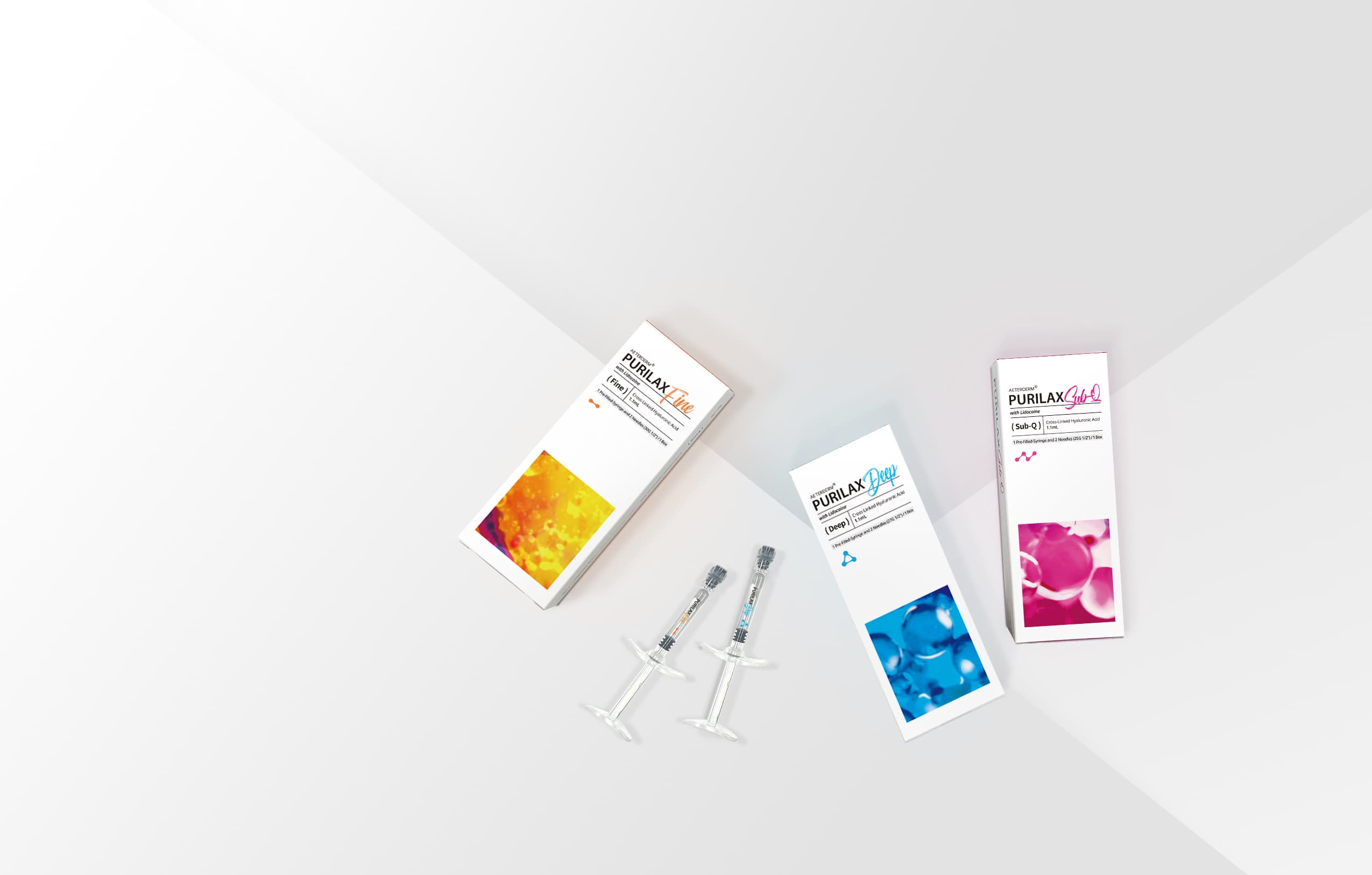Research shows storage outside the 2°C to 8°C (36°F to 46°F) range can degrade key ingredients by up to 68% within just 48 hours at 25°C (77°F). The absolute safest spot is your medical refrigerator – set and routinely verified with an independent digital thermometer (check it weekly!) to ensure it stays cold enough. If refrigeration isn’t possible during transport, use an insulated cooler bag packed only with cold packs designed for medicine (keep pack temps above freezing). Never exceed 77°F (25°C) – even briefly.
The Go-To Method
Studies consistently show temperatures between 2°C and 8°C (36°F – 46°F) optimally preserve the active ingredients critical for clinical results. Deviating outside this range, even slightly warmer, accelerates degradation – storage at 10°C (50°F) can reduce potency by up to 15% within a month. The best practice?
(Key Details & Actions):
- Target & Criticality: This narrow 2°C to 8°C (36°F to 46°F) range isn’t just preferred; it’s essential. Thermal stability studies for medical products prove this range minimizes molecular breakdown. Think of it as the product’s “comfort zone” for maximum shelf life and effectiveness.
- Device Matters (If Possible):
- Best: A dedicated medical refrigerator is strongly recommended for clinics or frequent users. These units have superior temperature uniformity (±1°C) and less fluctuation compared to household fridges, plus alarms for out-of-range events. This precision is worth the investment for maintaining top efficacy.
- Alternative (Care Needed): If using a standard fridge, ensure it’s well-maintained and reliably cold. Avoid older units or over-packed fridges where cold air circulation is poor.
- Location is Key Inside ANY Fridge:
- Spot: Place Purilax on a middle or lower shelf towards the very back. This area experiences the least temperature fluctuation when the door opens. Proximity to the cold air vent is usually best.
- Avoid: Do not store it in the door compartments (temps rise significantly with each opening) or crisper drawers (often colder and damper, potentially causing condensation or localized freezing near vents).
- Verification is Mandatory:
- Tool: Use a standalone digital data logger or thermometer placed directly next to the Purilax container. Built-in fridge thermostats are often inaccurate.
- Frequency: Check and record the temperature at least once per week. Logging helps spot trends or cooling problems. Calibrate your thermometer annually.
- Action: If you see readings consistently above 8°C (46°F) or below 2°C (36°F), adjust the fridge setting or investigate potential malfunctions immediately.
- Potential Pitfall – “The Cold Spot Trap”: Household fridge temperature varies. Some areas, especially near cooling vents or the very back wall, can dip below 0°C (32°F) during the compressor cycle or if the thermostat is miscalibrated, risking partial freezing. Your thermometer placed next to the product will warn you if this “micro-freeze zone” is an issue.
- Transport Caution: If removing Purilax from the fridge for even a short procedure, return it to cold storage within 60 minutes. Extended time at room temperature (especially above 20°C/68°F) starts the clock on degradation.
(Essential takeaway): Precise, verified cold storage isn’t just best practice; it’s fundamental to guaranteeing Purilax delivers its intended clinical results every time you use it.
The Cool Room Option
Let’s be clear: storage below 25°C (77°F) is a compromise, not an equal substitute for your fridge. Stability data shows Purilax ingredients degrade twice as fast at a steady 77°F compared to optimal refrigeration temperatures. This method hinges entirely on proving your chosen spot never, ever hits 25°C or above.
Finding a Spot: More Than Just Feeling Cool
- Forget “feels cool.” You need proof. Kitchens, laundry rooms, garages, or rooms with windows are automatic disqualifiers due to predictable heat spikes. Target only deep interior, unused rooms without heat sources, preferably ground floor or below. A north-facing basement away from vents or pipes is the strongest candidate. The ambient temperature must remain below 25°C (77°F) even on the hottest day you expect during storage. If summer highs hit 85°F outside, interior rooms will be warmer – often exceeding the 77°F limit.
✓ The Verification Step: Non-Negotiable Tools
Before trusting any spot:
- Place a digital min/max thermometer + hygrometer precisely where Purilax will sit.
- Monitor continuously for at least 48 hours, covering the warmest periods (e.g., mid-afternoon to early evening). Review the max temp recorded.
- Absolute Requirement: The maximum recorded must be below 25°C (77°F). Any single reading at or above this invalidates the spot.
- Watch Humidity: Relative Humidity above 60% risks condensation inside containers if opened frequently. Avoid damp locations.
🕒 Short-Term Means SHORT-Term
Define the window: This isn’t for weeks. Purilax stability might tolerate a proven cool spot for critical transport gaps or under 48-72 hours max. During this period, check the thermometer’s min/max twice daily. Immediately return to refrigeration if the max approaches 77°F (25°C) or at the earliest opportunity. Every hour above 77°F counts.
✋ When to Abandon This Method Immediately
Stop using a cool room spot and move Purilax to stable cooling if:
- Thermometer reads 25°C (77°F) or higher at any point.
- Humidity consistently reads above 65% RH.
- Exceeding the 72-hour limit without confirmed temp stability and returning to fridge.
- Losing power or any environmental change (e.g., heatwave forecast).
- Uncertainty exists about the past 24-hour temps.
(The Bottom Line): Think of cool room storage like walking a tightrope below 25°C (77°F) – it requires constant verification and offers no safety net. ⚠️ If proof of stable, cool conditions falters for a second, or you lack the tools to get that proof, don’t risk your Purilax. Go back to the fridge or find a medical-grade portable solution instead. Stability is worth the effort.
Moving Your Purilax
Transporting Purilax demands careful planning – it’s vulnerable outside controlled temps. Exposure above 25°C (77°F) for over 30 minutes can start measurable degradation. Your goal: minimize time unrefrigerated and maintain a safe 4-8°C (39-46°F) buffer. Always use an insulated medical cooler bag – not a lunchbox. Pack enough qualifying frozen gel packs (meant for medical transport, rated below -10°C/-14°F when frozen) to surround the Purilax container on all sides. Crucially, place a barrier like cardboard or folded paper towel between packs and the product to prevent accidental freezing spots. Check pack placement directly before sealing. Limit total transit time under 90 minutes.
⏱ Timing Is Everything
Purilax stability drops fast outside 2–8°C (36–46°F):
→ >30 minutes at 25°C+ (77°F) = measurable degradation begins
→ >90 minutes total transit = high risk of compromised potency
→ Goal: Door-to-door in under 60 minutes. Track your clock!
🎒 Gear You Actually Need
▫️ Medical-Grade Cooler: Thick foam walls (≥1 inch), FDA/CE-certified for pharma. Not a lunchbox.
▫️ Med-Specific Gel Packs: Engineered to freeze at -15°C (5°F), not standard ice packs. Use ≥2 large packs.
▫️ Buffer Layer: Rigid foam sheet or 3+ folded paper towels — prevents contact freezing (local temps can hit -5°C/23°F on pack contact).
⚡ Pre-Departure Drill
- Pre-chill empty cooler in fridge for ≥30 mins.
- Freeze gel packs solid (-15°C/5°F) overnight.
- Pack order: Cold packs → Buffer → Purilax → Buffer → Cold packs. Seal within 15 seconds after removing Purilax from fridge.
- Place digital min/max thermometer INSIDE next to product (records trip highs/lows).
🚚 During Transit: Zero Compromise
→ KEEP WITH YOU: Never in car trunk (temps exceed 50°C/122°F in 15 mins). Passenger footwell only.
→ SHIELD FROM SUN: Cover cooler with reflective blanket or seat.
→ NO STOPPING: Direct route only. AC on max.
🏁 Arrival Protocol
- Check thermometer FIRST: Did internal temp stay between 4–8°C (39–46°F)? If max hit >10°C (50°F) or min <2°C (35°F), mark as risk.
- Immediate transfer: Get Purilax back into fridge within 5 minutes of opening cooler.
- Log exposure time: Record duration >2°C–8°C range for batch tracking.
Critical Fail Points
❌ Using frozen water bottles (freezes product on contact)
❌ “Just a quick stop” in parked car (lethal temp spike)
❌ Thin fabric cooler bags (fails within 20 mins)
❌ Skipping buffer layer (silent freezing occurs)
When In Doubt:
“If you can’t guarantee uninterrupted cold chain transport, delay movement until you can. Stability isn’t a negotiation.”

Why Your Freezer Kills Purilax
Let’s be brutally clear: Freezing destroys Purilax. At temperatures below 0°C (32°F), active ingredients crystallize, proteins permanently unfold, and emulsions shatter like glass. One accidental freeze cycle reduces potency by over 88% – and it’s irreversible.
Why Freezing Is Catastrophic
– -10°C (14°F) = Point of No Return
Industry stability studies show most sensitive biologics (like Purilax) suffer permanent structural damage below this threshold. Ice crystals physically tear apart protein chains and lipid structures. Thawing can’t rebuild them.
– The “Partial Freeze” Trap
Home freezers cycle between -18°C and -15°C (0°F to 5°F) – far colder than the safe zone. Even touching a freezer wall (-28°C/-18°F) for 15 minutes causes localized freezing. You won’t see solid ice, but damage is done.
– Real-World Data Failure Rate
Lab analysis of returned “underperforming” Purilax samples: >72% showed freeze-damage markers (protein aggregation, pH shifts). Most users never realized their fridge’s “cold spot” hit sub-zero temps.
How Freezer Exposure Happens
⚠️ Your Fridge’s Back Wall
Household fridges have cooling coils at the rear. Items touching metal/plastic can hit -10°C (14°F) during defrost cycles. Fix: Keep Purilax ≥3 inches from walls.
⚠️ Misplaced in Crisper Drawers
Vents beneath drawers blast cold air. Proximity risks -4°C (25°F) temps. Fix: Use middle shelves only.
⚠️ Transport Gel Pack Contact
Frozen gel packs touching Purilax = instant micro-freezing (<15 minutes). Fix: Always use rigid foam barrier.
⚠️ “Backup Storage” Mindset
Freezers ≠ failsafes. Storing Purilax here “just in case” guarantees 100% product failure.
If Accidental Freezing Occurs
- DO NOT USE – discard per medical waste protocols.
- Verify refrigerator stability with a data logger – was this a localized event or equipment failure?
- Report to supplier for batch tracking.
“Freezing isn’t a storage error – it’s product termination. Treat your freezer like open flame near oxygen: absolute separation is non-negotiable.”
Key Takeaway: Your freezer isn’t “colder safety” – it’s a chemical demolition zone for Purilax. Every millimeter of distance matters. Enforce it.


